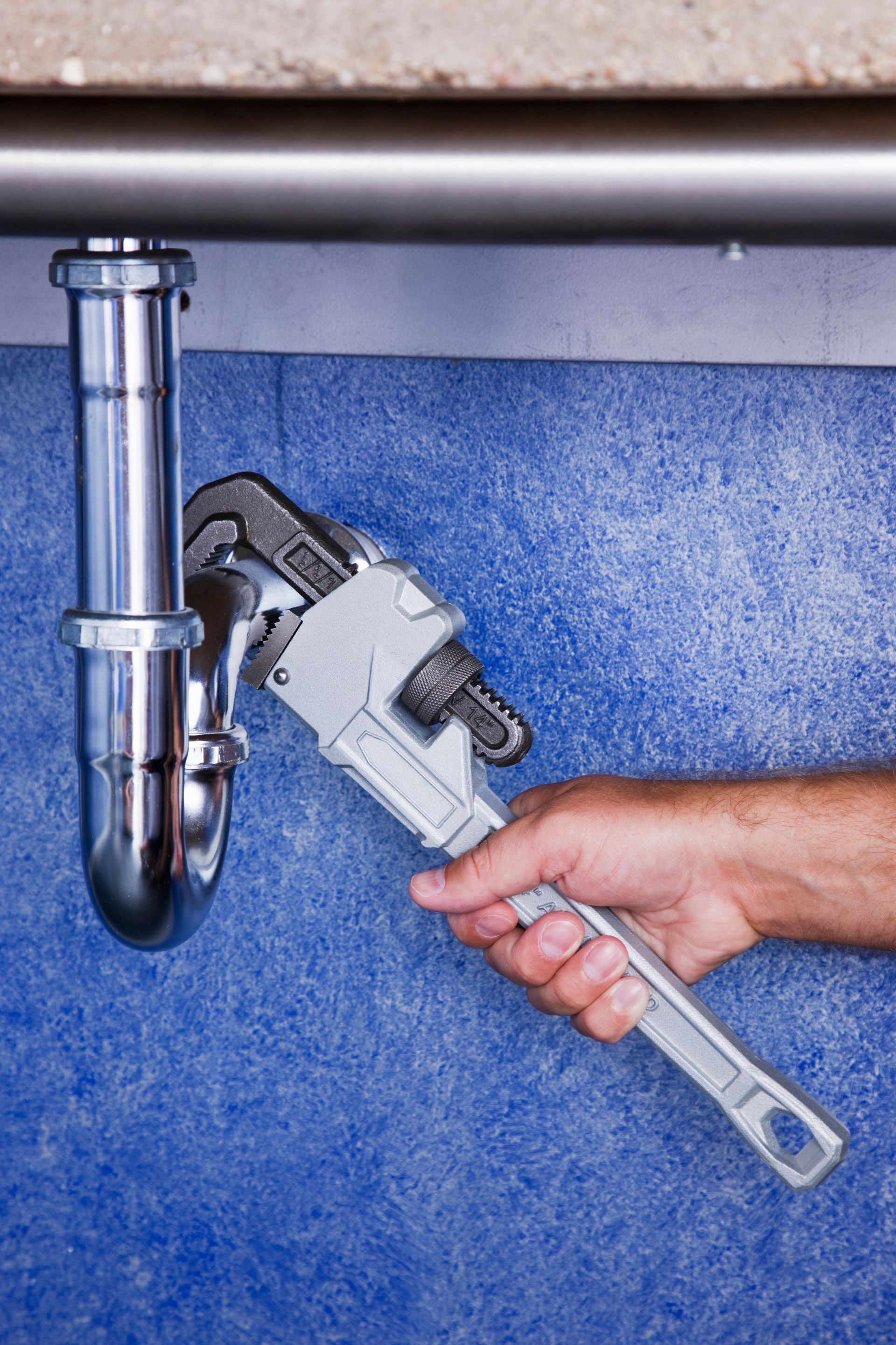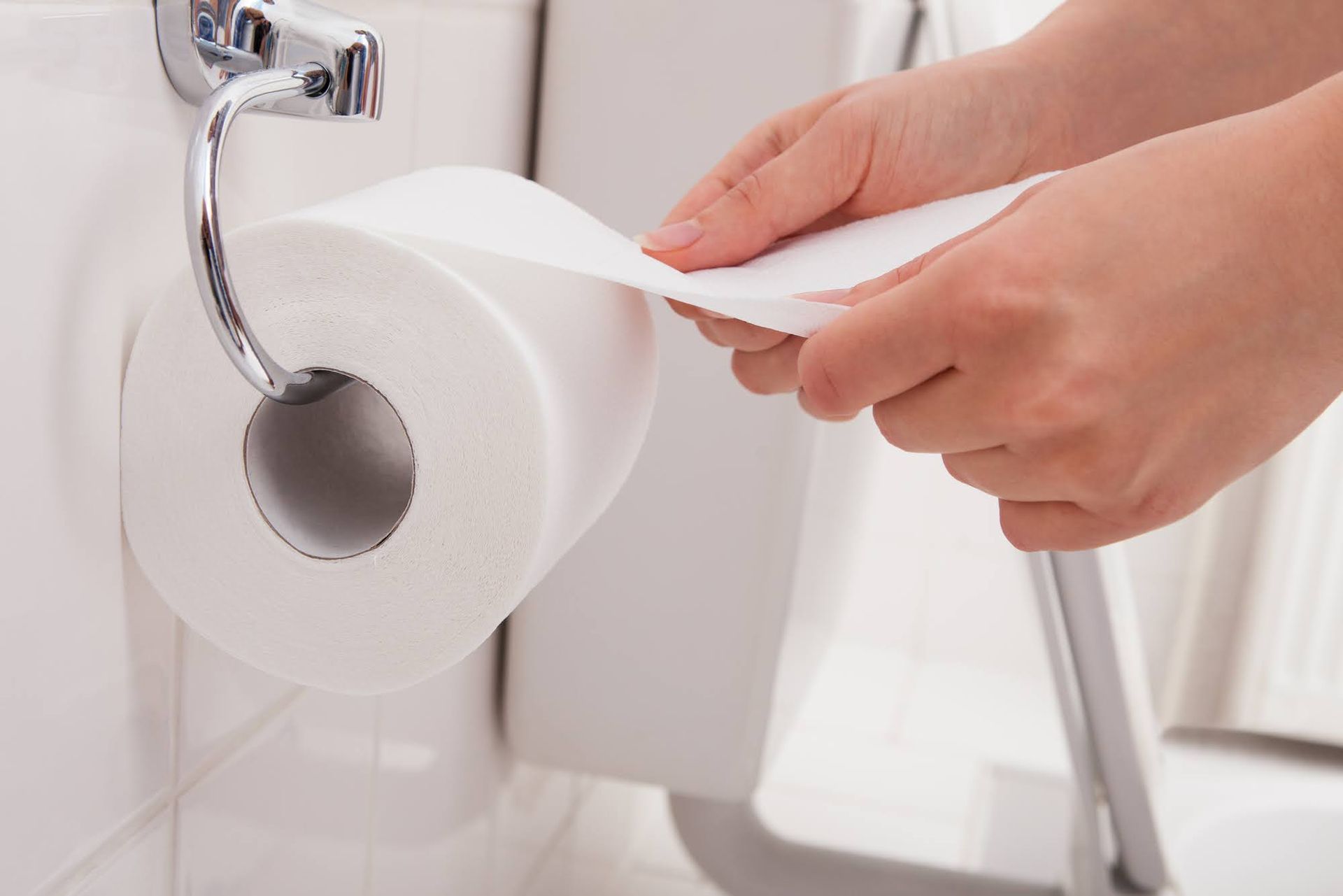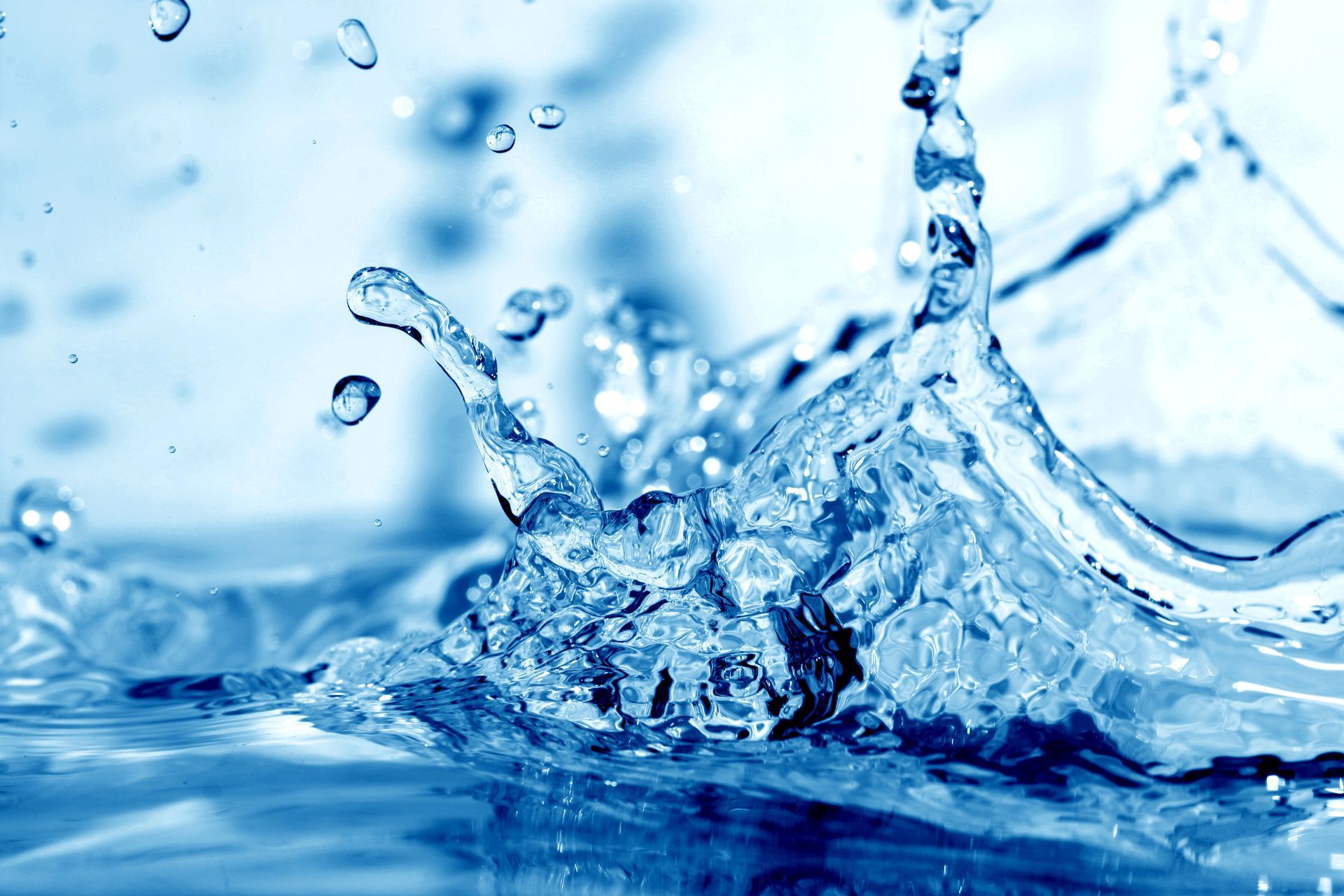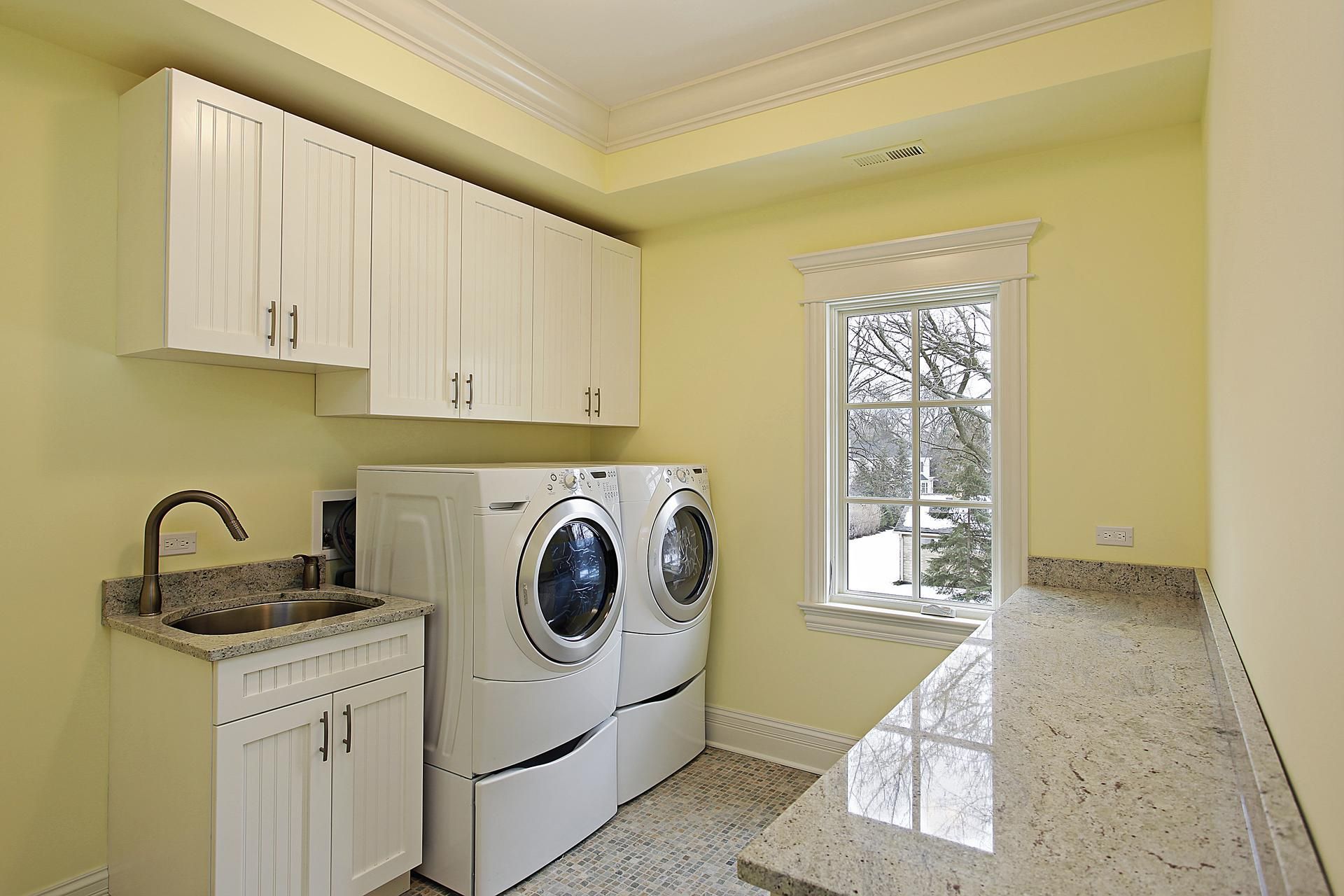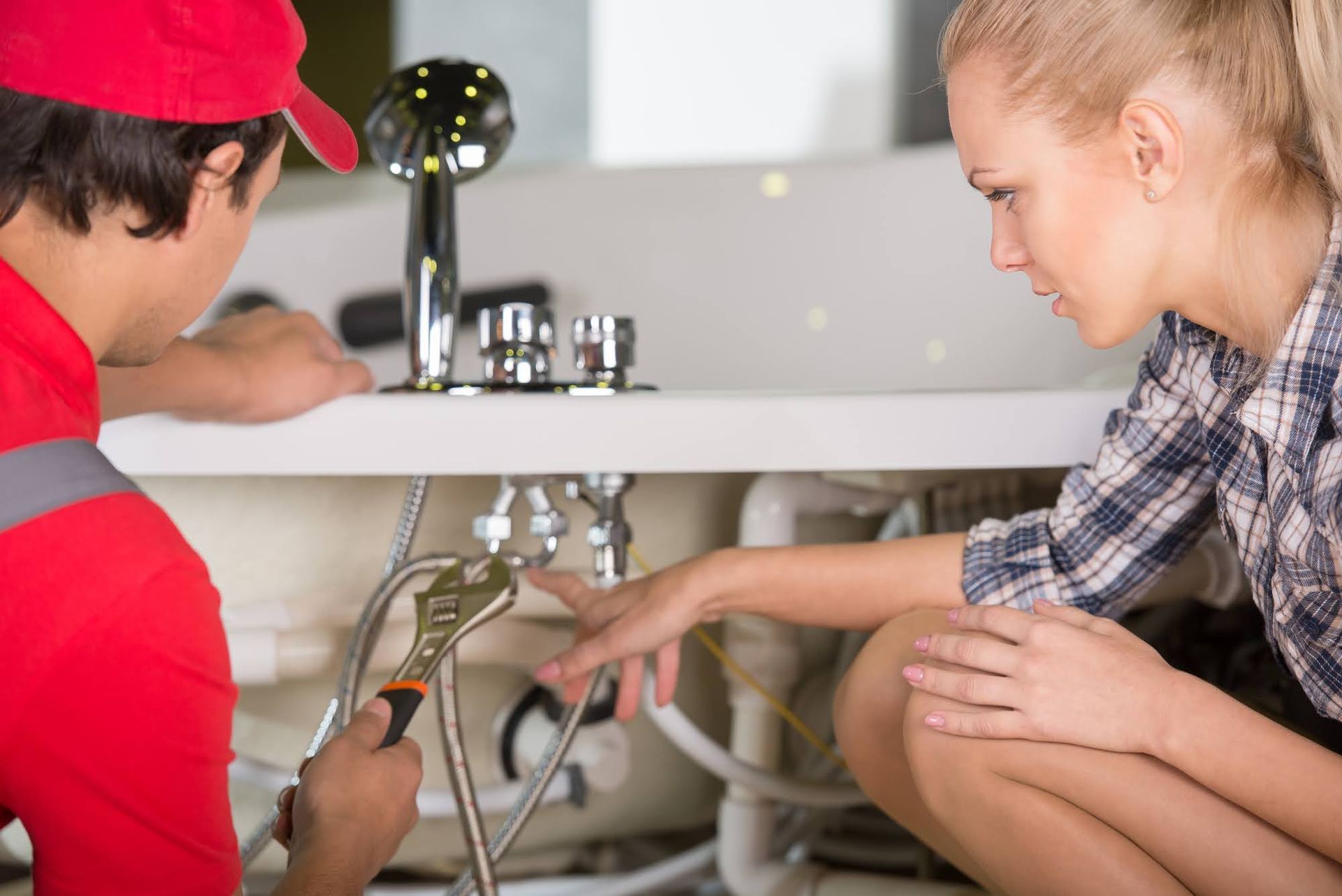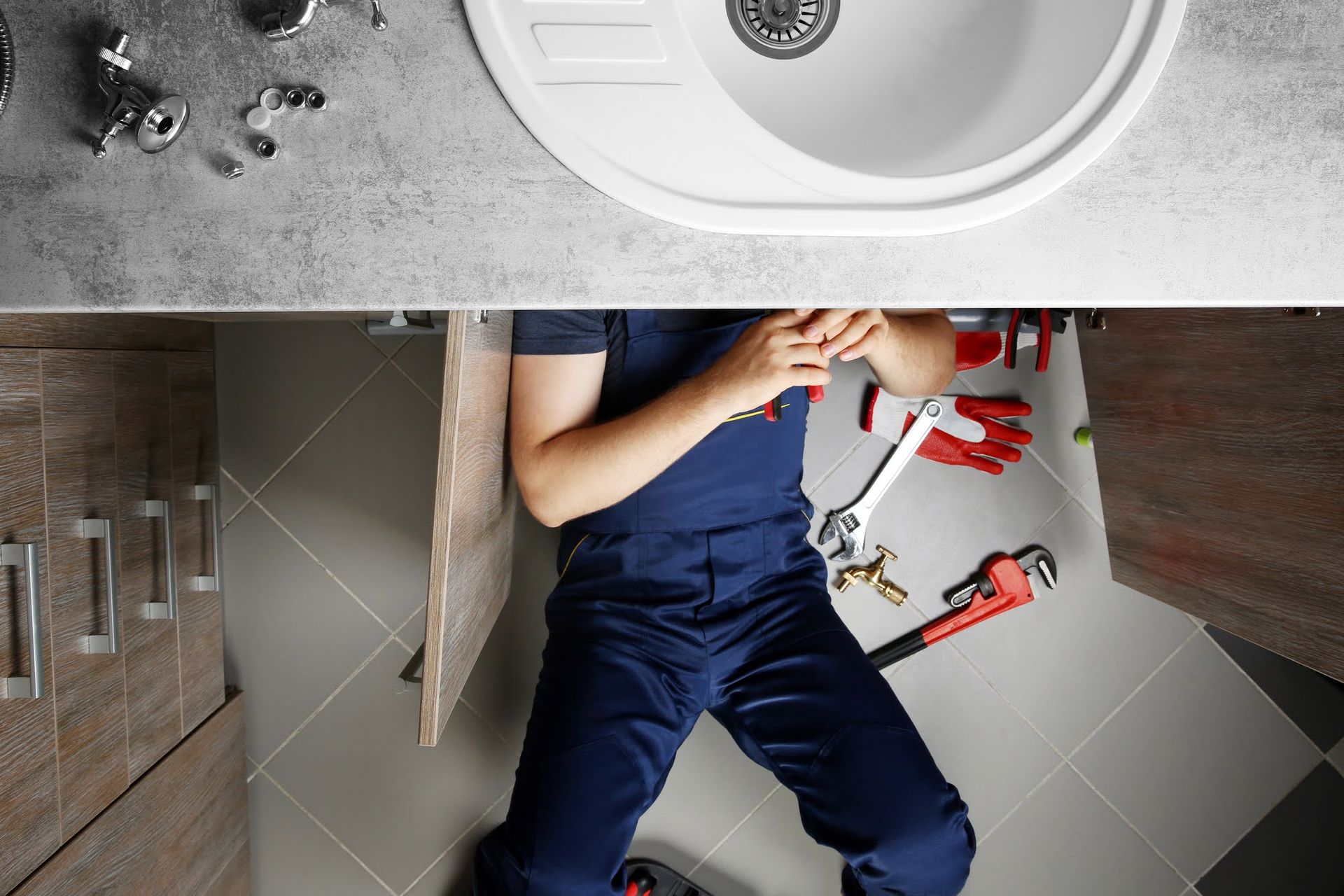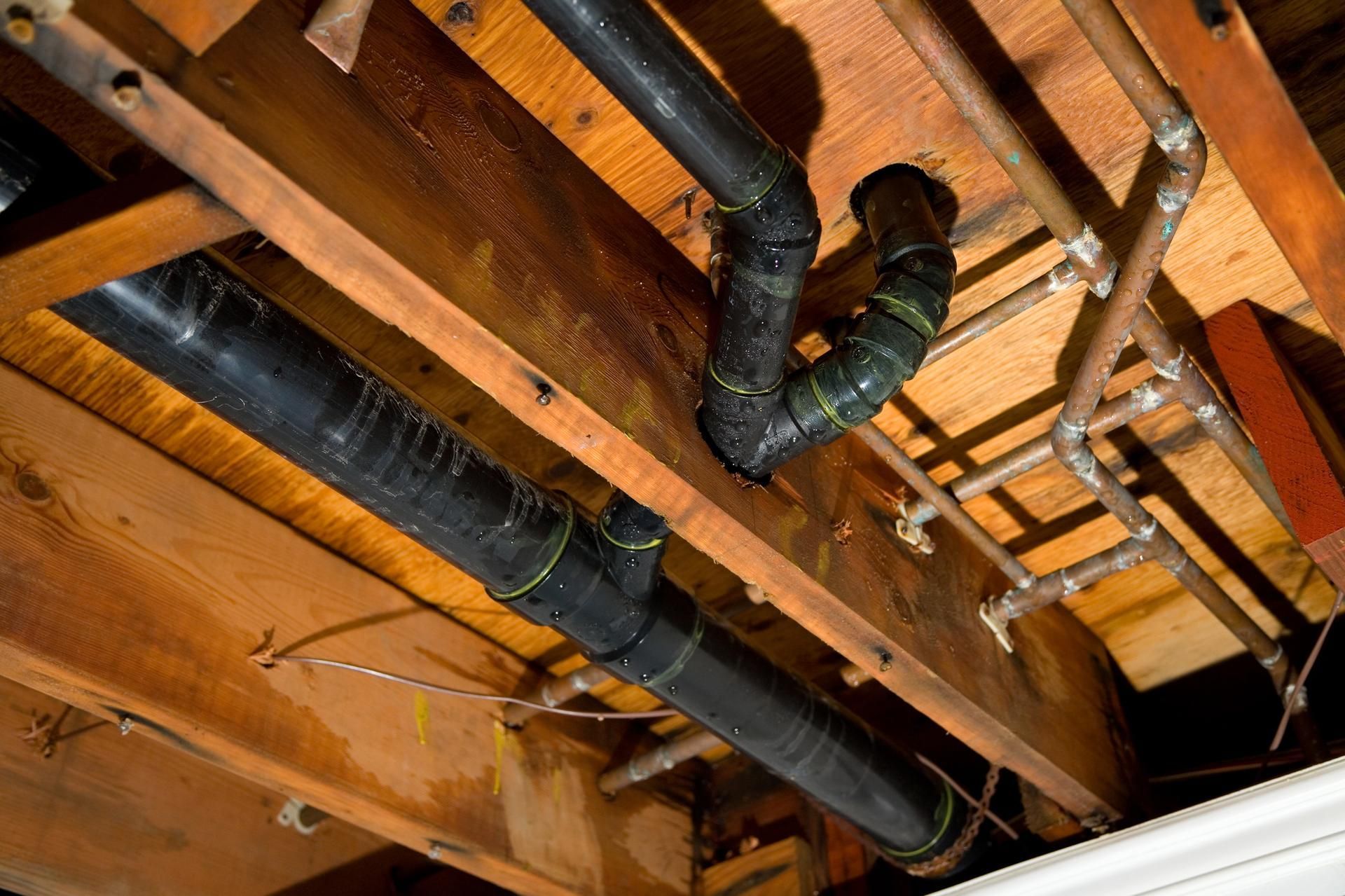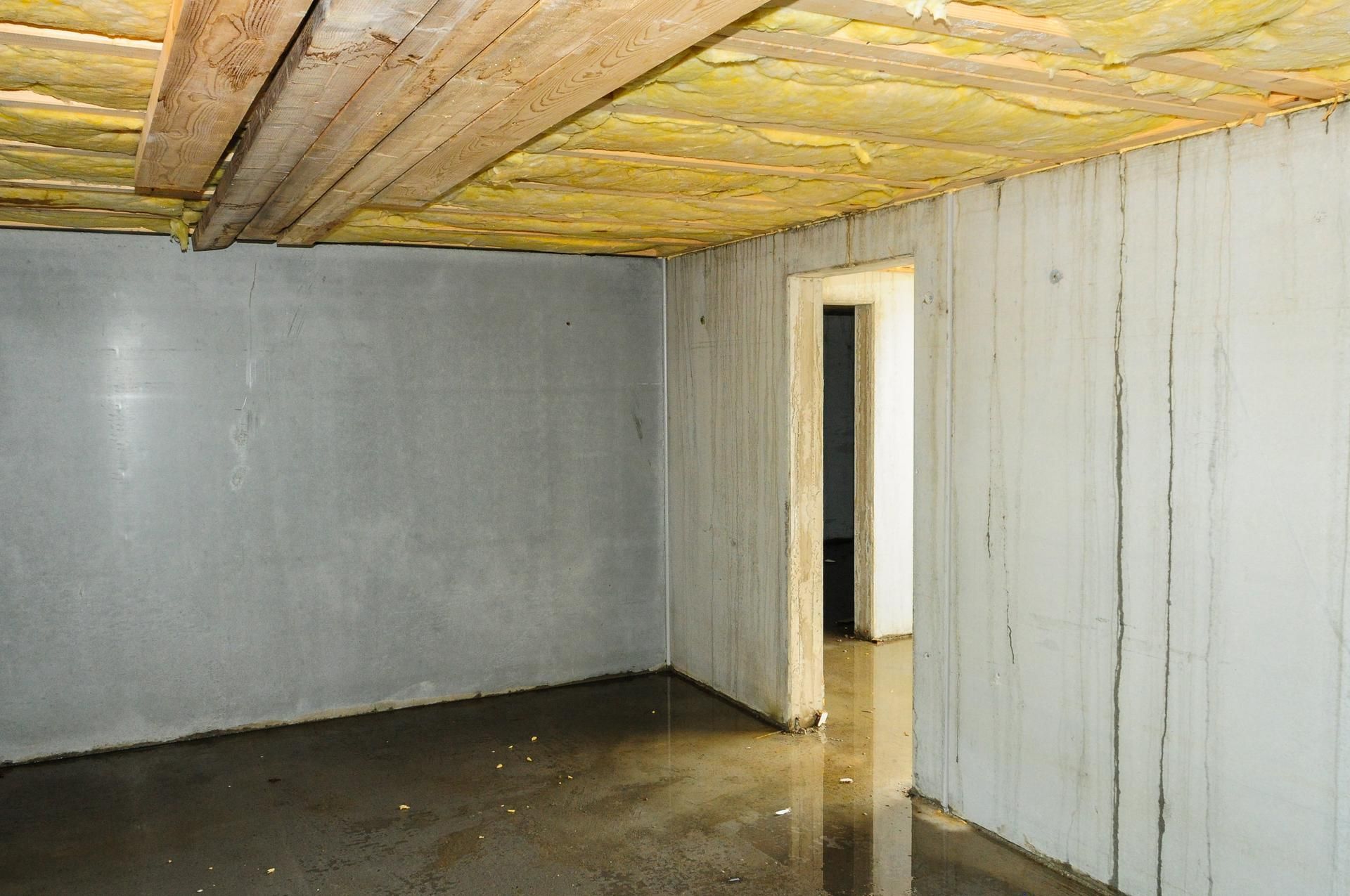Blog
Signs You Need a New Showerhead
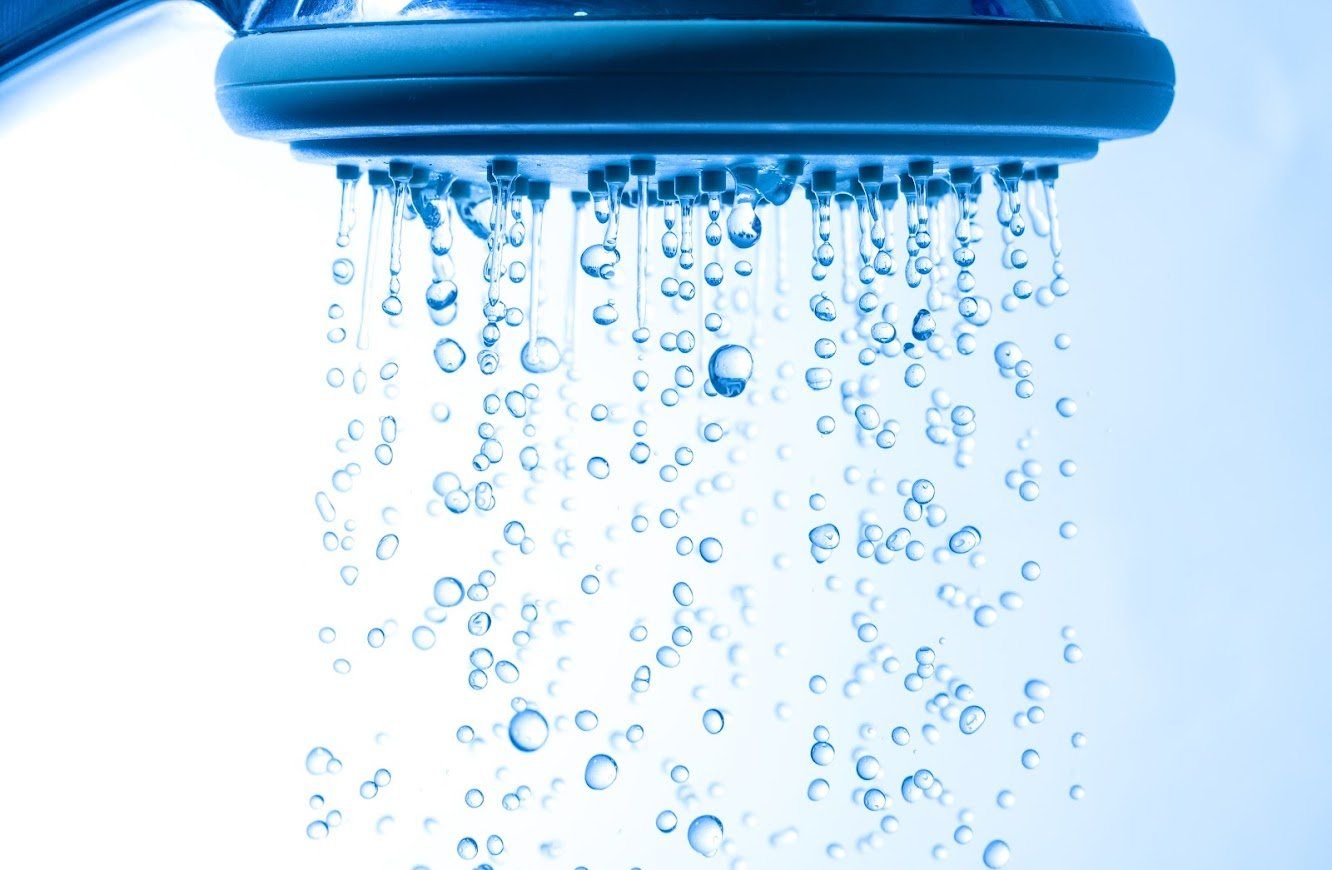
If you have ever been sprayed with icy water when you expected a hot shower, you know the importance of having a fully functional shower. Because showerheads last a long time without breaking down, they are among the most neglected plumbing fixtures in homes.
Eventually, age or damage will force you to replace your showerhead. From fluctuating temperatures to refusing to heat up, your shower will give you subtle signs that show the showerhead is about to break down.
Learn some signs that show you need to replace your showerhead.
Water Pressure Changes
After using your showerhead for years, you will observe that the fixture no longer emits a large stream of water when you run it. The reduction in water pressure is a typical symptom of an aging shower. Other times, pressure changes result from a loose showerhead. In this case, all you need to do is tighten your showerhead.
You may also observe water pressure fluctuations after using a poor-quality showerhead for a short time. You need a new showerhead if the water from your shower is coming out in a slight trickle. Sudden bursts of water pressure that reduce to a trickle also indicate a problem.
Leaks
Is your shower constantly dripping, no matter how tightly you close the shower knob? Leaks waste a lot of water and increase your water bill significantly. And when you ignore a leaky shower, the problem worsens over time.
Leaks are common in old showerheads. A damaged water supply valve or a loose showerhead may also cause leaks. Thus, replace a leaky showerhead as soon as possible to avoid exorbitant water bills.
Mold Growth
Showerheads are the perfect environment for mold to thrive because they are never entirely dry. If you see black dots forming on your showerhead, the fixture is infested with black mold. Black mold is highly toxic, and constant exposure to the mold while showering may have severe health effects. Find the mold source and remove it, then change your shower head.
Plastic showerheads are especially susceptible to mold growth. Therefore, if you have a plastic showerhead, consider replacing the fixture with a metallic one if mold has become a constant issue.
Sediment Accumulation
The water running through the pipes in most American homes is treated with chemicals for safe drinking. Some homes also have hard water. Over time, these chemicals and minerals build up in the showerhead's screens that filter out water contaminants.
Once sediments from the water accumulate in your showerhead's screen, they may cause blockages that keep water from flowing freely from the shower. You may try to clean sediments from your showerhead. But if the buildup is excessive, get a new showerhead.
Water Temperature Fluctuations
It's annoying when the water keeps going cold as you shower, and you can no longer enjoy the relaxation of a hot shower. Frequent water temperature fluctuations may indicate a faulty cartridge or pressure-balancing shower valve located in the showerhead.
As with most shower problems, faulty parts are common in old and poor-quality showerheads. Call your plumber for a shower inspection as soon as your showerhead starts acting up. If your showerhead keeps failing after repairs, replace the fixture with a more functional showerhead.
If you have experienced any of the above issues with your shower, you are better off with a new one. Newer showerhead models conserve water more and are less prone to malfunctions. Therefore, if you have an old showerhead, replacing the fixture with a newer model helps you avoid shower and showerhead problems.
At Complete Plumbing, we have mastered all possible shower problems and will fix or replace your showerhead in a jiffy. Contact us today for help replacing or repairing your shower in Dayton, OH.
Installation
Services
and Military Discount




